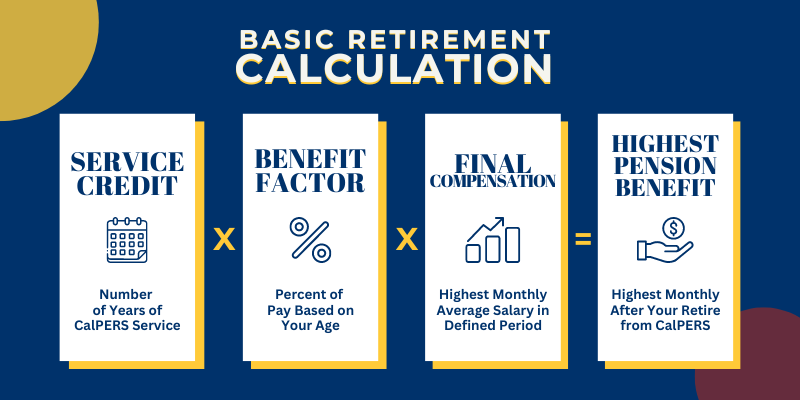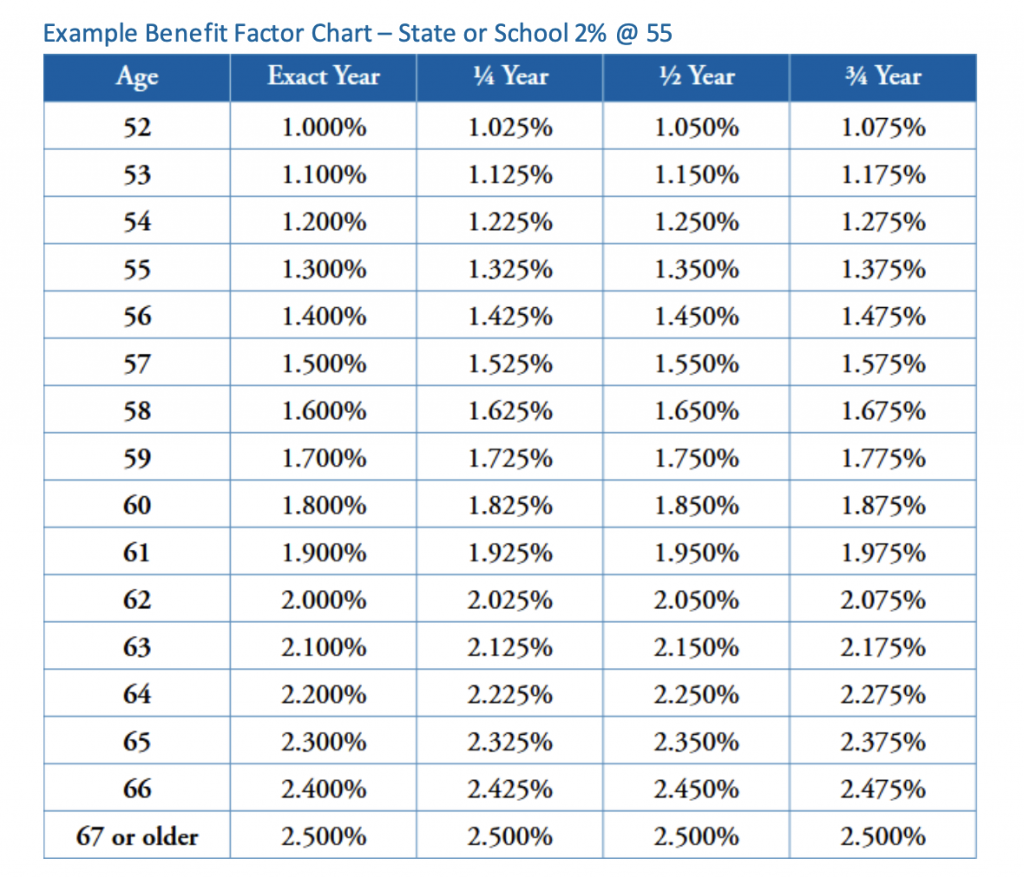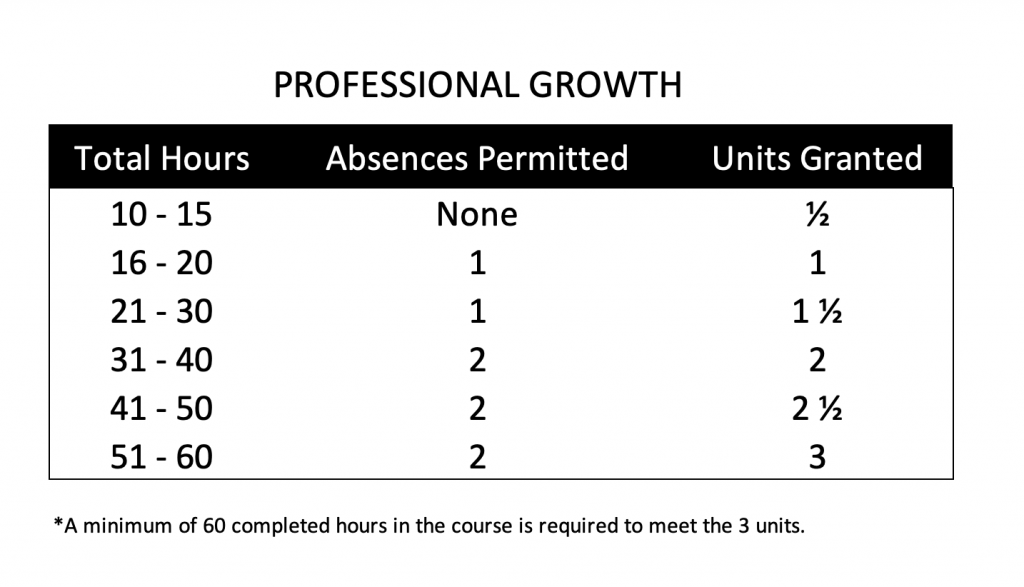Date: April 3, 2023
Time: 05:00 PM
Location: District Administrative Board Room
Address: 901 Andrade Ave., Calexico, CA 92231

Date: April 3, 2023
Time: 05:00 PM
Location: District Administrative Board Room
Address: 901 Andrade Ave., Calexico, CA 92231

Date: March 23, 2023
Time: 05:00 PM
Location: District Administrative Board Room
Address: 901 Andrade Ave., Calexico, CA 92231

Workplace harassment is an all too common problem in today’s society that can have serious and long-lasting impacts on both employees and employers. No matter the size of the business or the industry, it is important for employers to take steps to ensure that their employees feel safe and respected in the workplace.
It can range from subtle forms of discrimination to physical or verbal abuse and can have a huge impact on employee morale and productivity. It is also unlawful for an employer to permit a hostile work environment for employees due to their race, religion, ethnicity, disability, or another protected status.
Unlawful sexual harassment in the workplace is either (1) “quid pro quo” harassment (pressure on an employee to engage in sexual behavior in order to stay employed or as the basis for employment decisions such as promotion), or (2) a hostile work environment, where adverse comments or actions are so severe or pervasive as to create an unreasonably uncomfortable environment and are either explicitly sexual or motivated by the victim’s sex.
Ordinary work criticism does not amount to unlawful harassment unless it is motivated by the target’s sex, race, age, etc. AND is so extreme or repeated that a reasonable person would find them so offensive as to fundamentally alter working conditions.
Hostile environment harassment can take many forms, including:
There are several things classified employees should do if they are
being unlawfully harassed, including:
Note: The laws governing discrimination are extensive. If a classified employee feels he/she might have been the victim of a discriminatory practice, he/she should contact his/her CSEA Labor Relations Representative, or the federal or state agency to determine what actions are appropriate.
*Classified Employees Cannot Be Sexually Harassed or Harassed Based on
Another Protected Status
Employees at CUSD should be aware of the policy and how to identify and address potential incidents. Employers should also take steps to create a culture of respect in the workplace. This can be done by encouraging open dialogue, promoting diversity and inclusion, and providing employees
As you can see, Workplace harassment is an all too common problem in today’s society that can have serious and long-lasting impacts on both employees and employers. This article is just to show you an overview of the rights and tools that we as CSEA employees can utilize to fight for your rights.

Date: 03/09/2023
Time: 05:00 PM
Location: District Administrative Board Room
Address: 901 Andrade Ave., Calexico, CA 92231

Do you want to know when you are eligible to retire? Are you wondering what formulas are used to calculate your retirement benefit? These are among the most common questions classified employees ask.
As an employee of Calexico Unified School District, you are part of the CalPERS retirement program. The California Public Employees’ Retirement System (CalPERS) is an agency in the California executive branch that manages pension and health benefits for more than 1.5 million California public employees.
Your retirement benefit is based on a retirement formula using the following criteria:
You may have more than one retirement formula based on your membership date, your membership category, and your employer’s contract with CalPERS.
Your minimum retirement age depends on your retirement formula:
*50, 52, or 55 Note: If you have a combination of classic and PEPRA service, you may be eligible to retire at age 50
The minimum service requirement is five years, or 10 years if you are a State of California Second Tier member There are exceptions to the minimum service requirement:
The key to calculating your retirement benefit is to understand how service credit, age, and final compensation are used in the basic retirement calculation Increase any one of these factors and you’ll increase your overall benefit. The basic retirement calculation is shown below:

Service credit is earned on a fiscal year basis, which is July 1 through June 30. If you are paid every month, 10 months of full-time employment will equal one year.
You cannot earn more than one year of service credit in one fiscal year. If you work less than eight hours per day, it will take you longer to earn a year of service credit.
Check the pdf file below to see a cheatsheet charts PDF file. It contains two charts that show the benefit factor increases and the percentage of final compensation you will receive.
Your benefit factor, also known as the “age factor,” is the percentage of pay you’ll receive for each year of service credit earned. It is determined by your retirement formula and age at retirement.
Starting at your minimum retirement age, your benefit factor increases every quarter year up to a maximum age. For example, if your retirement formula is 2% at 55 and you retire at age 55, you will get 2% for each year of service credit. The percentage increases every quarter after age 55 up to the maximum age of 63.
Go to www.calpers.ca.gov/benefitcharts to find the retirement formula charts for your benefit factor and final compensation

As you plan for your retirement and get ready to submit your retirement
application, use the following checklist as a reminder of what you need to
consider You can find a detailed checklist with links to all our retirement
planning resources at www.calpers.ca.gov/retirementchecklist
As you can see, retirement planning might sound scary. Make sure you talk to your CSEA representative and ask for advice on the process. This article is just to show you an overview of the rights and tools that we as CSEA employees can utilize to fight for your rights.

Date: 02/23/2023
Time: 05:00 PM
Location: District Administrative Board Room
Address: 901 Andrade Ave., Calexico, CA 92231

Here is everything you need to know about your vacation benefits. You can find more information in the Calexico Unified School District’s Employee contract. (ARTICLE XIV).
*One (1) month before the end of school or the end of the fiscal year (whichever comes first) the District will provide all employees with vacation balances in order to be in compliance with the maximum allowable carryover vacation days.

As you can see, there are many rules for vacation time. This article is just to show you an overview of the rights and tools that we as CSEA employees can utilize to fight for your rights. Take a moment to review your contract.

As classified employees of Calexico Unified School District, you are afforded many fundamental rights by law and collective bargaining between your school district and the CSEA chapter. The emphasis of CSEA’s Know Your Rights training is to assist members in detecting violations of the law and their collective bargaining agreements.
Join us to learn more about your rights on the job and what you can do to protect yourself and your fellow members at Calexico Unified School District during potential labor violations.
Join us to learn more about your rights on the job and what you can do to protect yourself if your rights are violated!
As classified employees, you are afforded many fundamental rights by law and collective bargaining between your school district and CSEA. The emphasis of CSEA’s Know Your Rights Training is to assist members in detecting violations of the law and their collective bargaining agreements.

Date: 02/09/2023
Time: 05:00 PM
Location: District Administrative Board Room
Address: 901 Andrade Ave., Calexico, CA 92231

Are you interested in earning an additional 5% on your monthly paycheck? Are you planning to go back to school? All employees at Calexico Unified School District can apply for additional compensation.
This additional compensation is an award earned by a classified employee who successfully completes ten (10) semester units or the equivalent in academic courses. Course obtained must pertain to the employee’s specific classification or area of employment.
The Professional Growth Committee consists of:

Click on the links below to obtain more information about the CUSD Professional Growth program and how to submit your application.